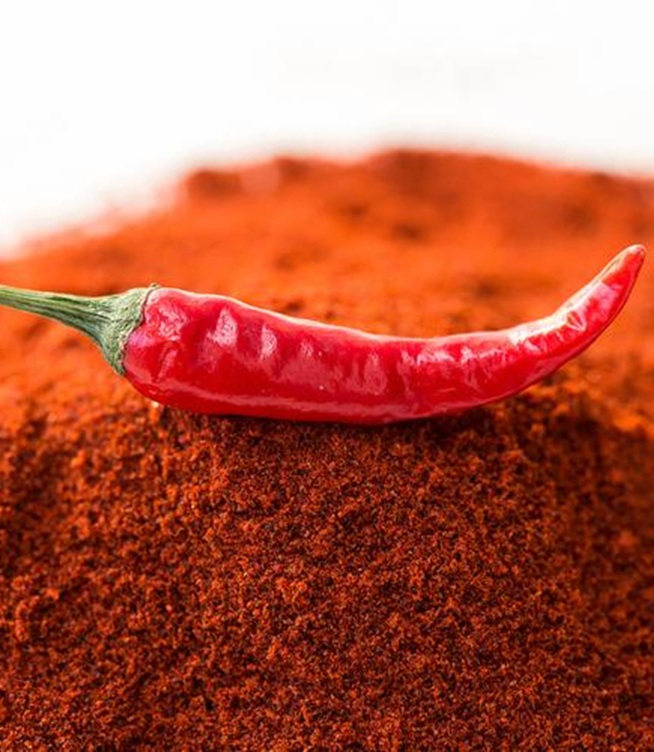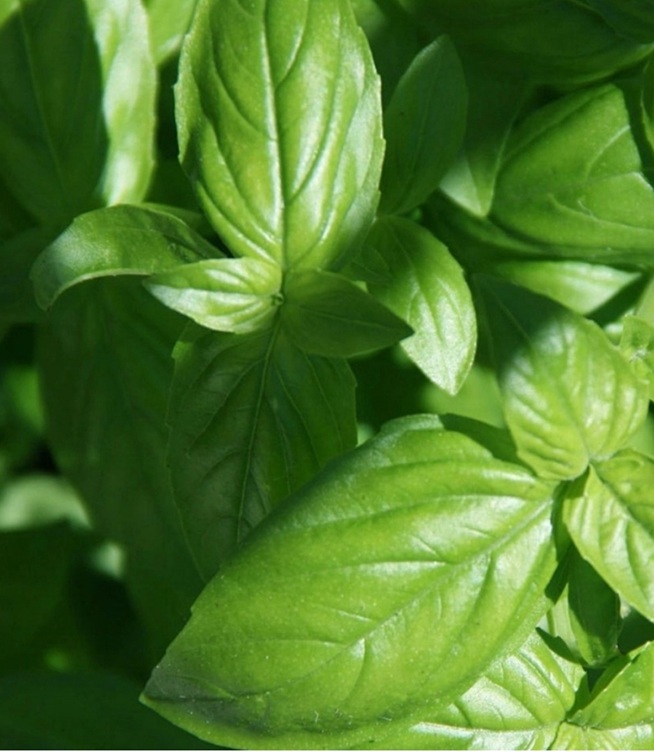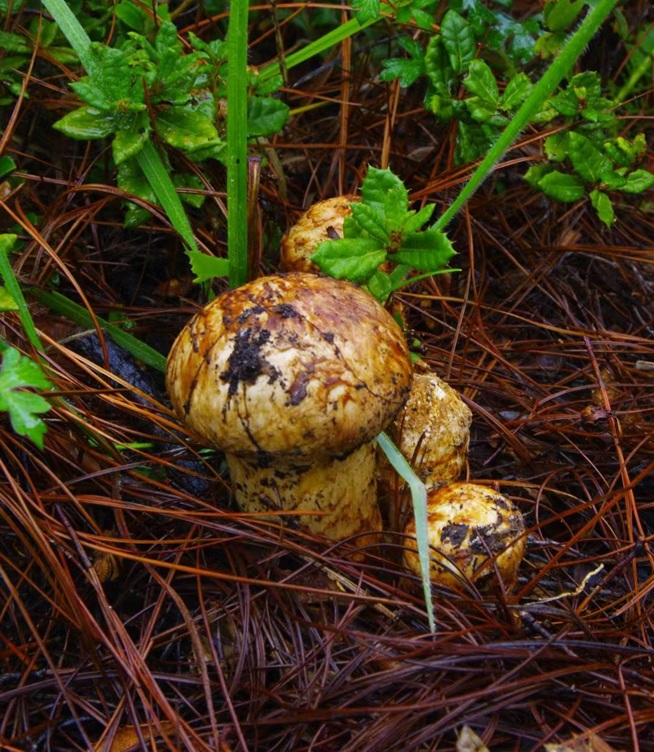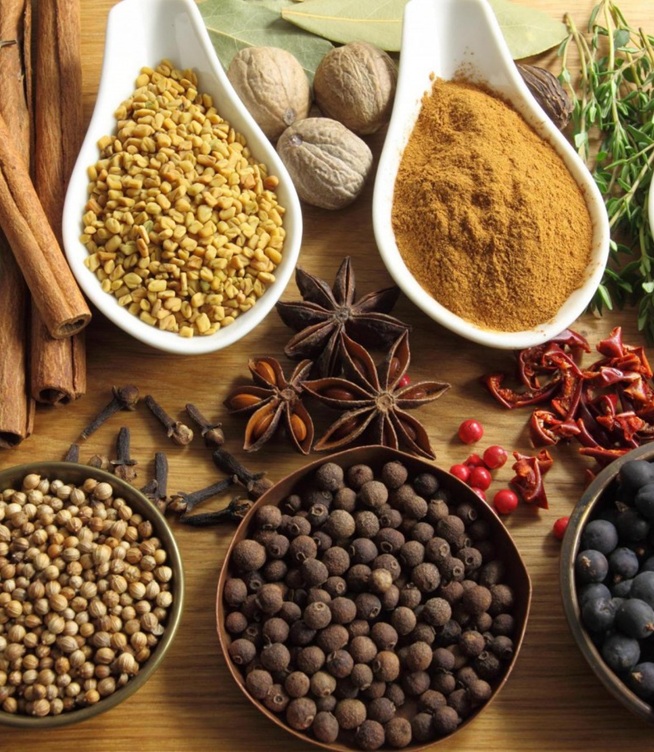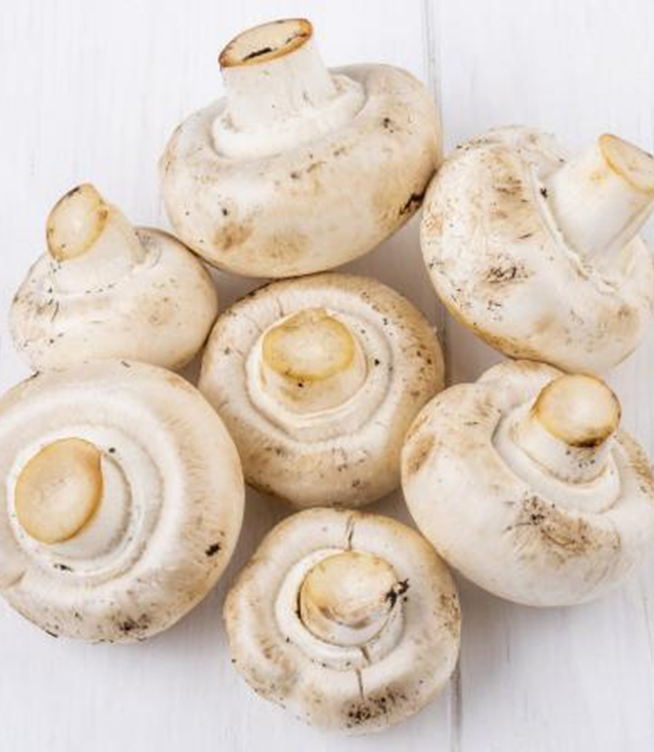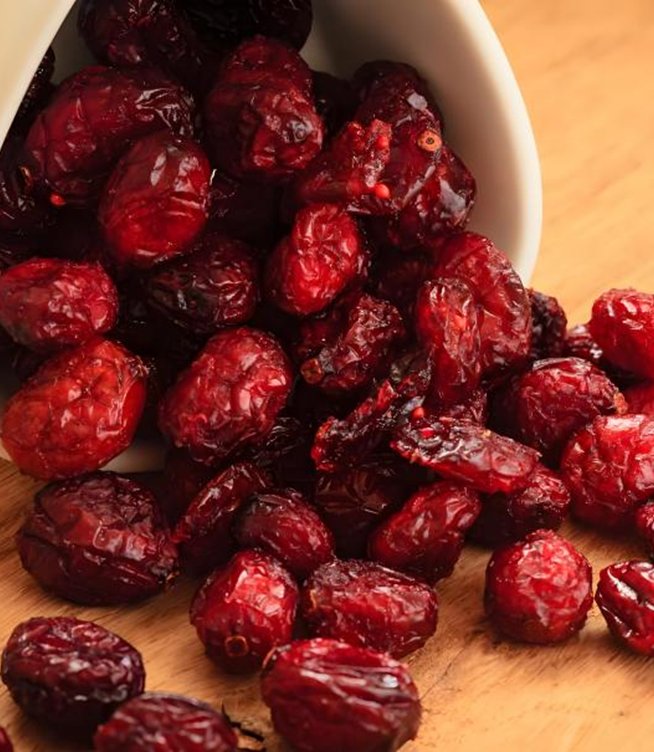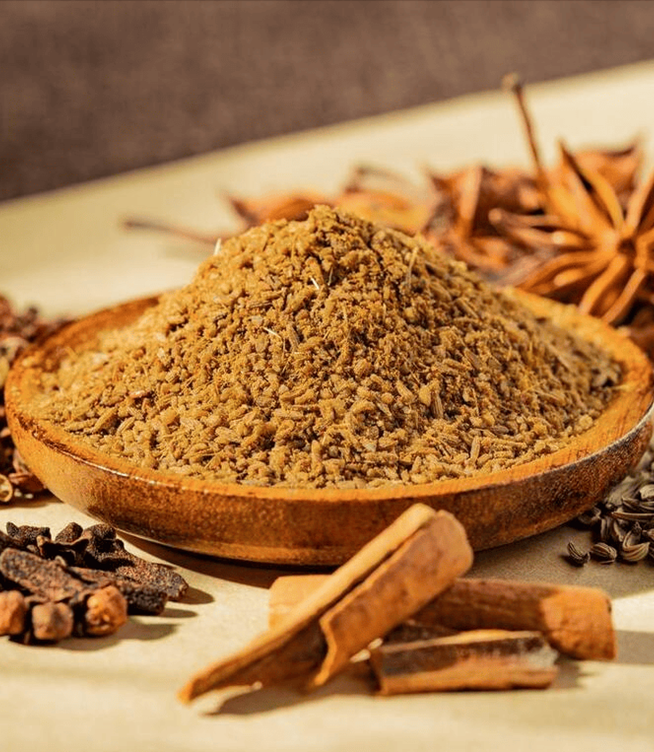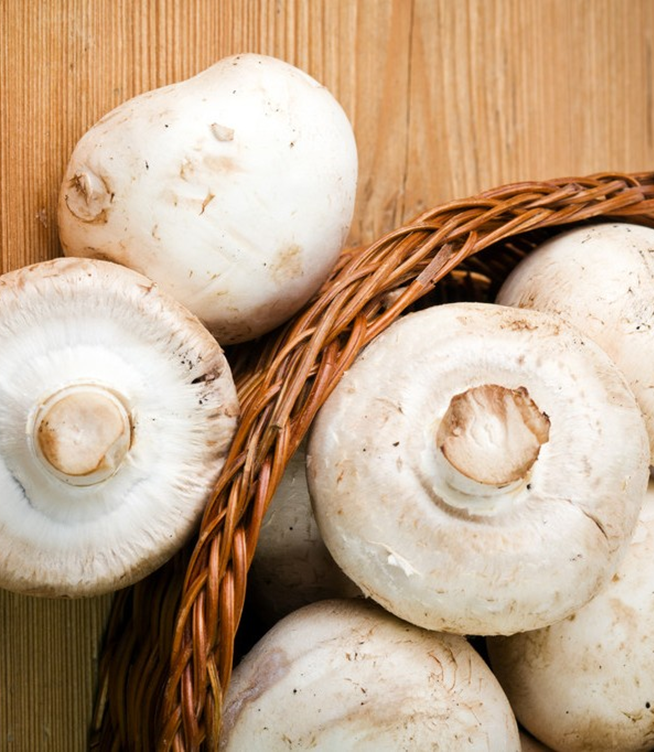Freeze Dried vs Dehydrated: What You Need to Know
Freeze drying and dehydration are two popular methods that extend the shelf life of various foods while maintaining their nutritional value. Though both processes aim to remove moisture, they differ in technique, texture, taste, and nutritional retention.

The History of Freeze-Dried and Dehydrated Foods
Dehydration technology has a long history, dating back thousands of years when ancient civilizations used sun-drying methods to preserve fruits, vegetables, and meats. The earliest recorded use of dehydration can be traced to the Egyptians around 3000 BC, who harnessed the sun's heat to extend the shelf life of their food. Over the centuries, techniques evolved, including the use of smoke and salt for preservation. In the 19th century, advancements in technology led to more systematic dehydration methods, such as air drying and the development of industrial dehydrators.
Freeze drying, or lyophilization, originated during World War II when it was developed to preserve blood plasma for medical use. The process involves freezing the material and then reducing the surrounding pressure to allow frozen water to sublimate directly into vapor, preserving the product’s structure and nutrients. In the 1950s, advancements in vacuum technology and refrigeration made freeze drying more accessible, leading to its application in food preservation. Today, it is widely used in various industries.
What Is the Difference Between Freeze Dried and Dehydrated
Dehydration involves removing moisture by applying heat for an extended period. This process can be accomplished through methods such as sun drying, air drying, or using a food dehydrator. Overall, dehydration tends to be simpler and more cost-effective compared to freeze-drying.
Freeze-drying involves freezing the food and then reducing the surrounding pressure to allow the frozen water in the food to sublimate directly from solid ice to vapor. This process requires specialized equipment and is more complex and costly than dehydration.
How Freeze-Dried and Dehydrated Foods Differ in Flavor
Dehydrated foods often shrink and darken as moisture is removed, resulting in a chewier texture. While dehydration can concentrate flavors, it may also alter the taste, making some foods taste slightly different from their fresh versions.
Freeze dried foods retain their original shape and color more effectively. They tend to be lighter and have a crispy texture. Once dehydrated, they closely resemble their fresh counterparts in taste and texture.
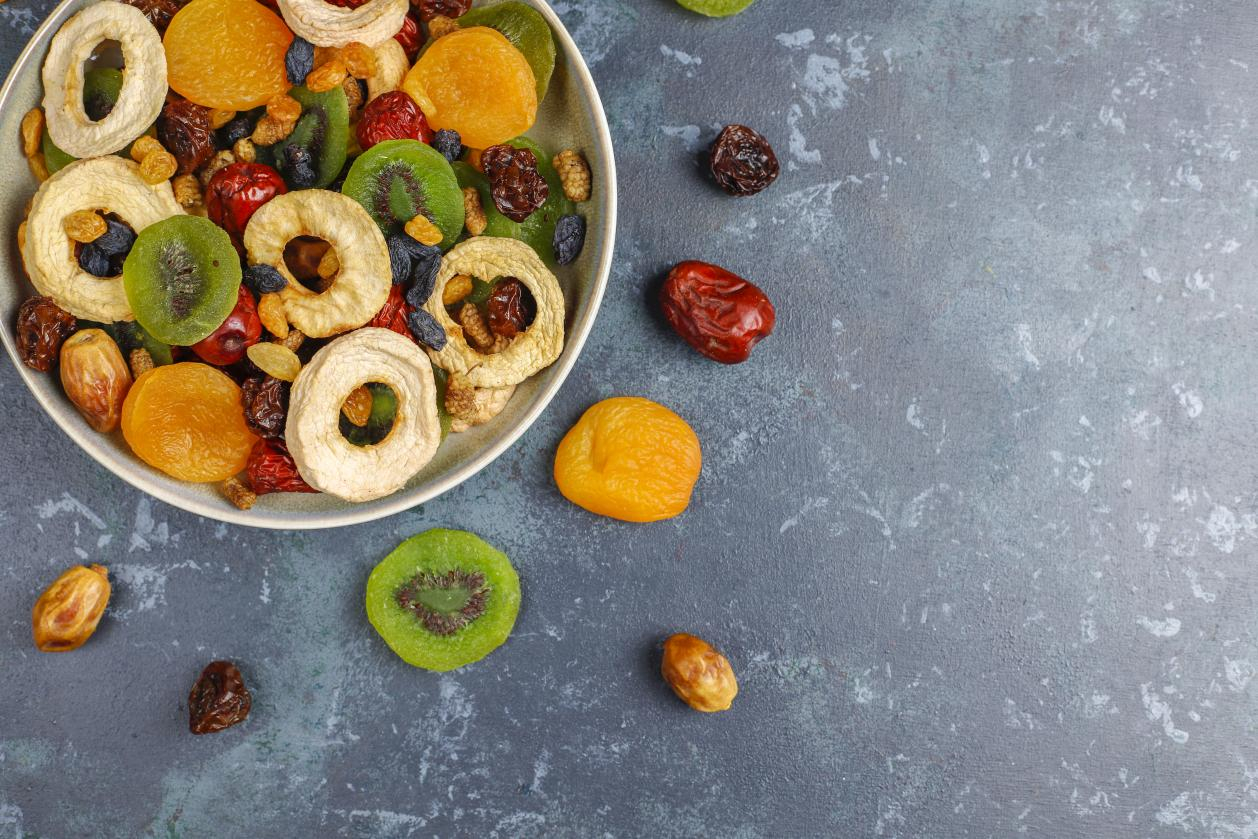
How Long Can You Keep Freeze-Dried and Dehydrated Foods
Freeze-dried foods are better for long-term storage. They have a significantly longer shelf life, often lasting up to 25 years when stored properly in airtight packaging. This makes them an ideal choice for emergency supplies or long-term storage needs.
While not as long-lasting as freeze-dried options, dehydrated foods can still last from several months to two years, depending on storage conditions. They should be kept in cool, dark, and dry places to maintain their quality.
Which Type of Food is More Nutritious, Freeze Dried or Dehydrated?
Freeze-dried foods are generally more nutritious than dehydrated foods. The freeze-drying process retains up to 97% of the original nutritional content, including vitamins, minerals, and antioxidants, because it involves minimal heat. In contrast, dehydration can lead to some nutrient loss, particularly in heat-sensitive vitamins like vitamin C and some B vitamins.

shundi foods stands out as a premiermanufacturer of dried ingredients. Since 1995, Shundi has consistently sourced the finest raw materials directly from farms. With over 100 varieties of dried ingredients, our unwavering commitment to research and innovation in the field has allowed us to maintain exceptional quality standards. Our dedication to quality and rigorous quality control measures have earned us the trust and appreciation of our customers.
From Dried Vegetables to fruits, spices, and herbs, Shundi has you covered for all your business needs. Our team is constantly exploring new flavors, innovative processing techniques, and sustainable sourcing practices to ensure that every product reflects our commitment to quality.
For inquiries or to learn more about our products, feel free to contact us – we’re here to help!


